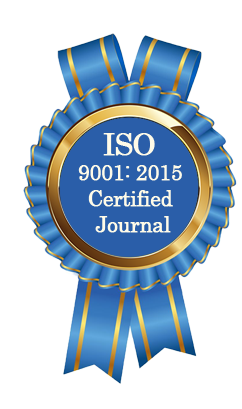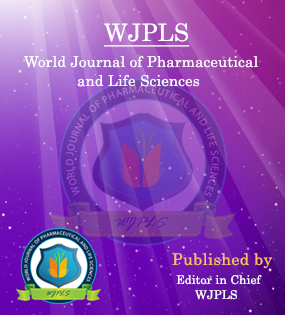Abstract
STUDY OF DIABETIC RETINOPATHY IN PATIENTS WITH OR WITHOUT CSME USING OCT
*Dr. Jaishree Dwivedi, M.S., Dr. Alka Gupta, Dr. Lokesh Kumar Singh and Dr. S. Mithal
ABSTRACT
Introduction: Diabetic macular edema is the commonest cause of visual loss in patients with non proliferative diabetic retinopathy and a common cause of visual loss in PDR. According to ETDRS[1], early detection and laser treatment of CSME decreases the risk of moderate visual loss by 50%. Thus new techniques for quantitatively and qualitatively measuring retinal thickness have been explored. Recent imaging techniques can provide tomographic or cross sectional images of macula and can yield powerful diagnostic information, which is complimentary to FFA and fundus photo. Optical Coherence Tomography (OCT) is a new medical diagnostic imaging technology which can perform micrometer resolution cross sectional or tomographic imaging of macula.[2,3] While OCT allegantly demonstrates the anatomic effects of retinal edema in qualitative fashion,the great power of this technology resides in its potential for quantitative measures. OCT is established in the diagnosis of various macular disorders including CSME, macular hole, CNVM etc. Aims and Objectives: Quantitative assessment of retinal thickness in diabetic retinopathy in patients with or without CSME using OCT. Materials and Method: The study was done in Upgraded Department of Ophthalmology, L.L.R.M. Medical College Meerut. All the patients were enrolled from the retina clinic of the department. Study Period was between April 2019 to July 2020.It was a prospective observational study. Two groups of patients were included in the study. 1. Patients of diabetic retinopathy with retinal thickness with CSME . 2. Patients of diabetic retinopathy with retinal thicknesss without CSME. In selecting patients of CSME guidelines of ETDRS2 were followed which defined CSME if one or more of following characteristic is present • Thickening of retina at or within 500 microns of centre of macula. • Hard exudates at or within 500 microns of centre of macula. • A zone or zones of retinal thickening one disc area or larger any part of which is within one disc area of centre of macula. Patients with uveitis, Trauma, Significant cataract, Glaucoma, Clinical evidence of any retinal disease other than diabetes and patients in whom any ocular treatment has been done, i.e.intravitreal bevacizumab or ranizumab, posterior subtenon injection of triamcinolone & any form of laser therapy were excluded from the study. 30 eyes of patients with diabetes mellitus were included. The study group included both Insulin dependent and non insulin dependent proliferative diabetic retinopathy and nonproliferative diabetic retinopathy patients. We considered macular edema to be clinically significant as defined by the Early Treatment Diabetic Retinopathy Study (ETDRS) protocol. We classified patients into 5 groups based on slit lamp biomicroscopy findings as Gr.1a- Focal CSME, Gr.1b- diffuse CSME Gr.2-CSME with ERM, Gr.3- CSME with VMT/thickened posterior hyaloid, Gr.4- CSME with CME. Gr.5- Retinal thickening without CSME as defined by ETDRS2.
[Full Text Article] [Download Certificate]WJPLS CITATION 
| All | Since 2020 | |
| Citation | 590 | 424 |
| h-index | 12 | 10 |
| i10-index | 17 | 14 |
INDEXING
NEWS & UPDATION
BEST ARTICLE AWARDS
World Journal of Pharmaceutical and life sciences is giving Best Article Award in every Issue for Best Article and Issue Certificate of Appreciation to the Authors to promote research activity of scholar.
Best Article of current issue
Download Article : Click here





